Erin Baker from AutoTrader and Ford UK brought together a team of automotive reviewers to discuss how we could break down and impart important information around buying and owning electric cars.
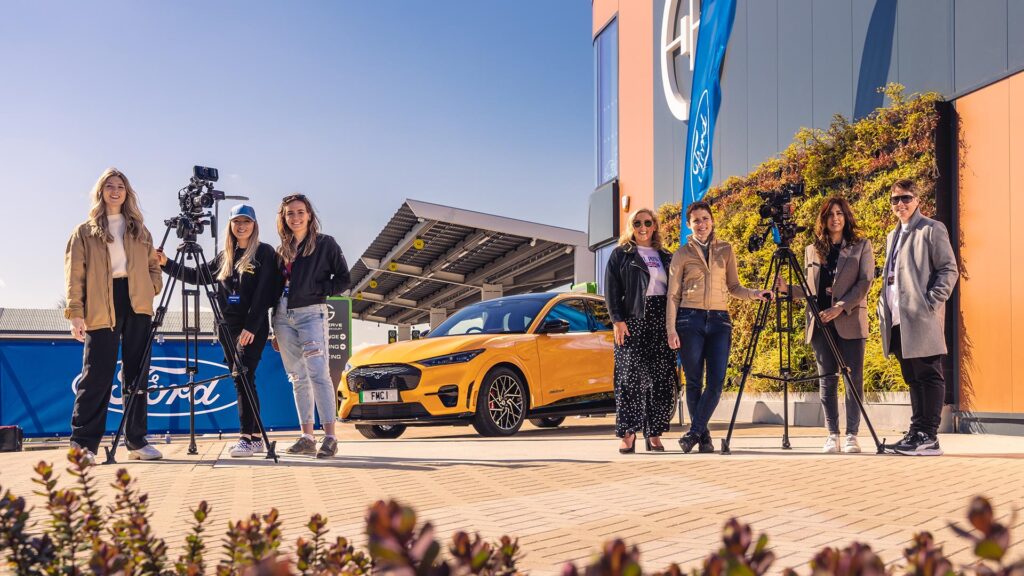
One of the biggest concerns when buying or leasing a new car is running costs. It can be off putting when looking at the purchase price of electric vehicles (EV). However once you’ve taken the leap and bought an EV, ongoing running costs are lower than existing ICE cars (internal combustion engines; petrol or diesel).
Charging
Gridserve Braintree is an Electric only forecourt which provides charging facilities that look like a traditional forecourt which makes each charge more of a customer experience for visitors. At our meeting we discussed how we can improve on translating what can be extreme technical information into everyday relatable language.
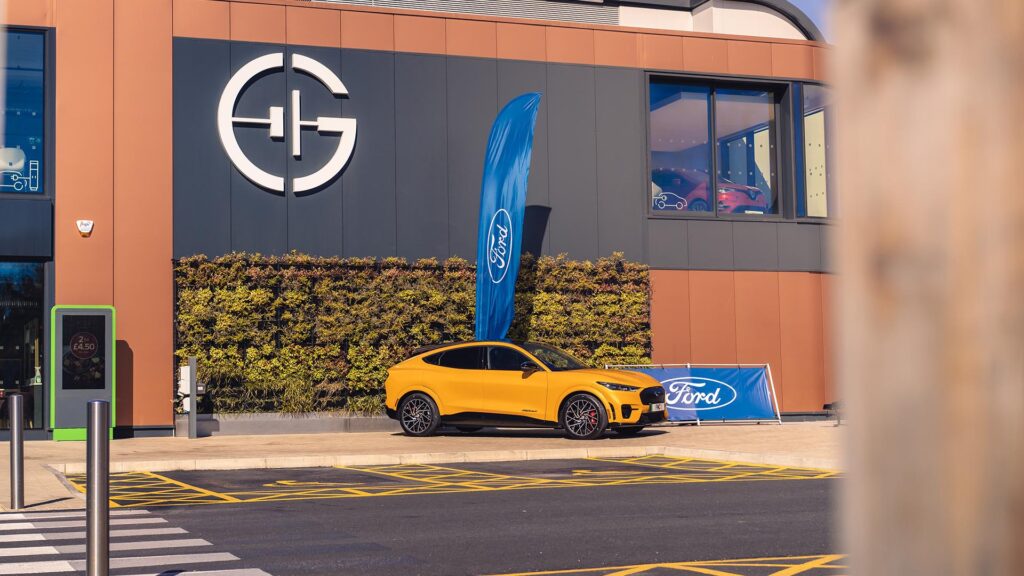
On a traditional forecourt, one pump can service up to 12 cars per hour. Gridserve has the capacity for 36 cars at the same time, everything from cars and motorbikes to buses and HGV’s is catered for. Gridserve offers contactless payment so you can use a credit card, a debit card, as well as the Apple or Google Pay apps. Simply wait for the beep, which means everything is connected and your charging session using renewable energy is about to begin.
It could easily be recommended for any pit stop, not just EV business, leisure or HGV drivers. The facility re-defines travel breaks with the usual food and bathroom facilities as well as welcome exercise options too. There are a handful of machines available to exercise on which actually add to the energy available on site, nothing is wasted.
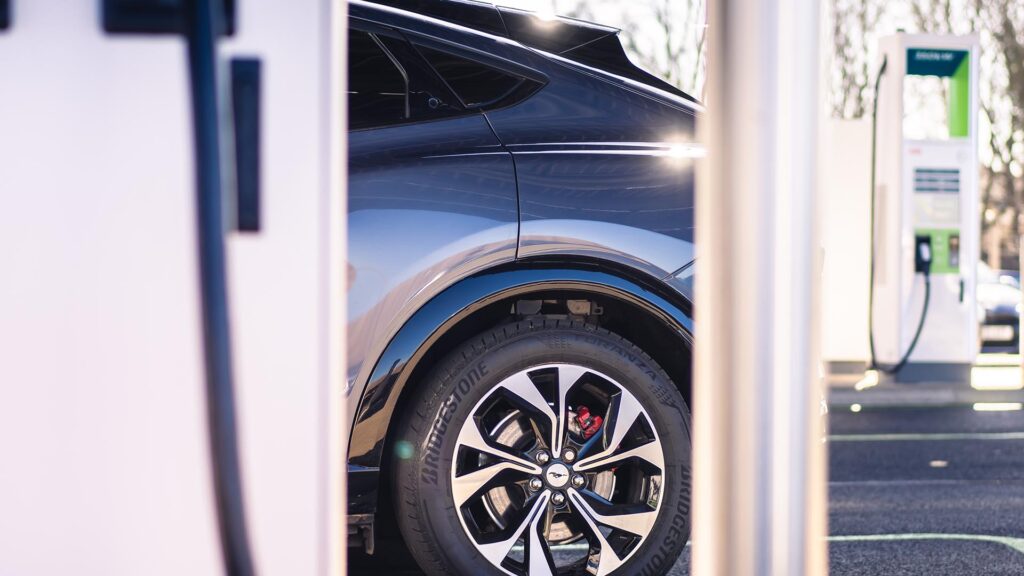
The facility is much welcomed by EV drivers as sometimes they may have to put up with only one or two chargers in an out of the way spot at the back of the forecourt. These lesser EV charging options can have their own problems including anti-social issues, bad lighting and the worst part, the charger not being maintained properly. This drastically needs to change and Gridserve is the perfect example of how it can be done well.
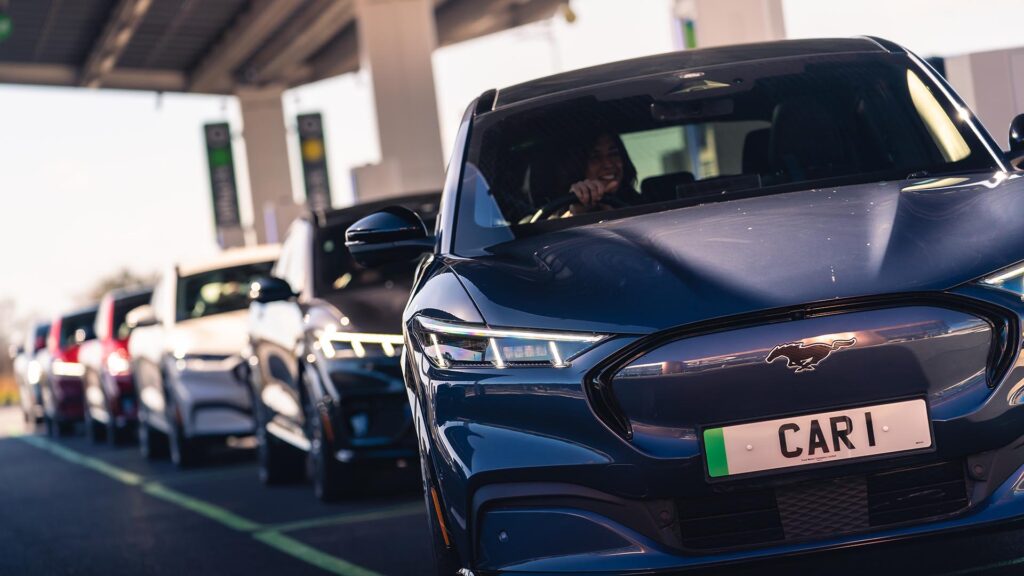
Ownership
One of the biggest concerns when buying or leasing a new car is running costs. It can be off putting when looking at the purchase price of electric vehicles (EV). However once you’ve taken the leap and bought an EV, ongoing running costs are lower than existing ICE cars (internal combustion engines; old school petrol or diesel cars).
If you have off-street parking and can fit a charger on the outside of your house, electricity costs are based on your tariffs from your electricity provider. If you don’t have access to a charger at home or at a workplace, only then do you need to rely on public charging which can be more expensive. Occasional top-ups on long journeys are obviously necessary and you can reduce these costs with subscription services if you intend to use them frequently. If you permanently have to rely on public charging, it does reduce the savings made.
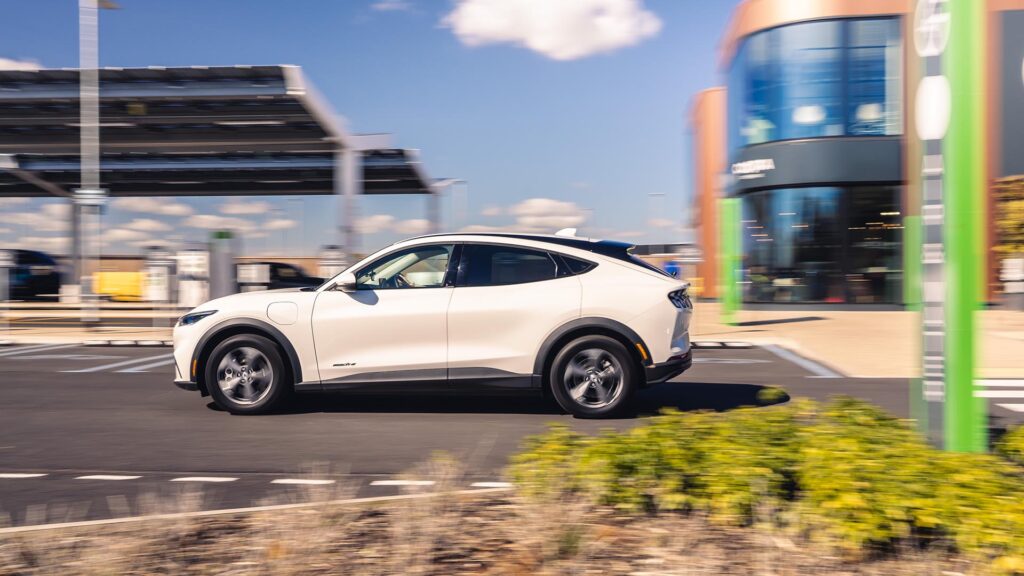
One cost that both existing cars and EV’S have to pay is tax. However the more CO2 a car emits, the more expensive it is to tax. Therefore EV’S are currently very cheap to tax. As more and more people are buying EV’S the grants they receive are reducing, until buying an EV becomes the norm.
Reducing your monthly costs and working out exactly how much you can save, depends on how you plan on using an EV, your annual mileage, where you drive and a host of other factors.
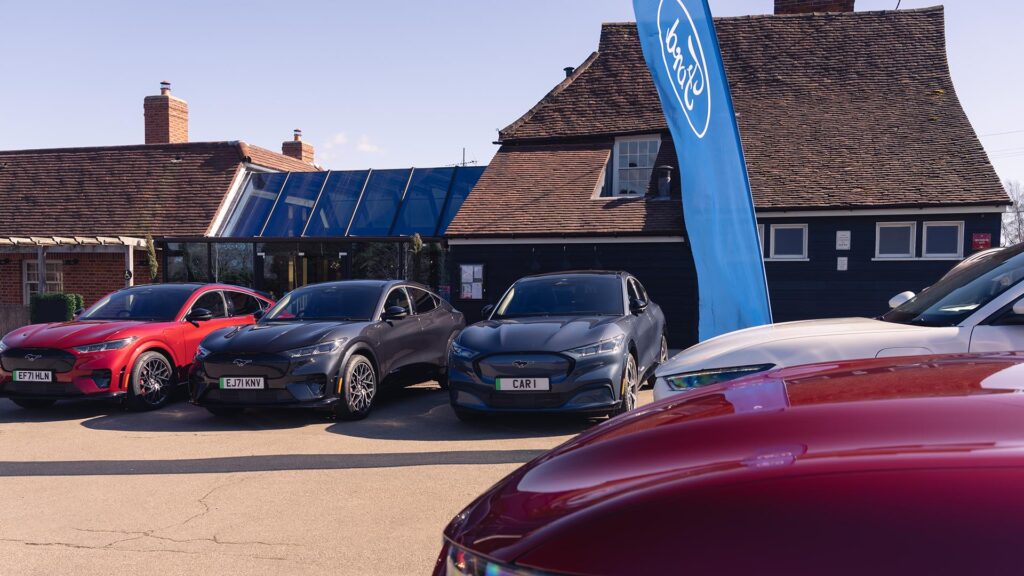
Servicing
Although EVs don’t use oil, so there’s nothing to change at a regular service, there are plenty of other parts that need tending to. Brakes are more important in an EV because the braking system tops up the battery with energy that would usually be lost. That means the brake pads, discs and fluid need to be maintained.
Tyres are the only parts of the car that make direct contact with the road. they enable a car to grip the road and make it possible to steer, accelerate and brake effectively. Regularly checking your tyre pressure and tread depth is of great importance as well as looking for blisters, bulges or cracks in the rubber.
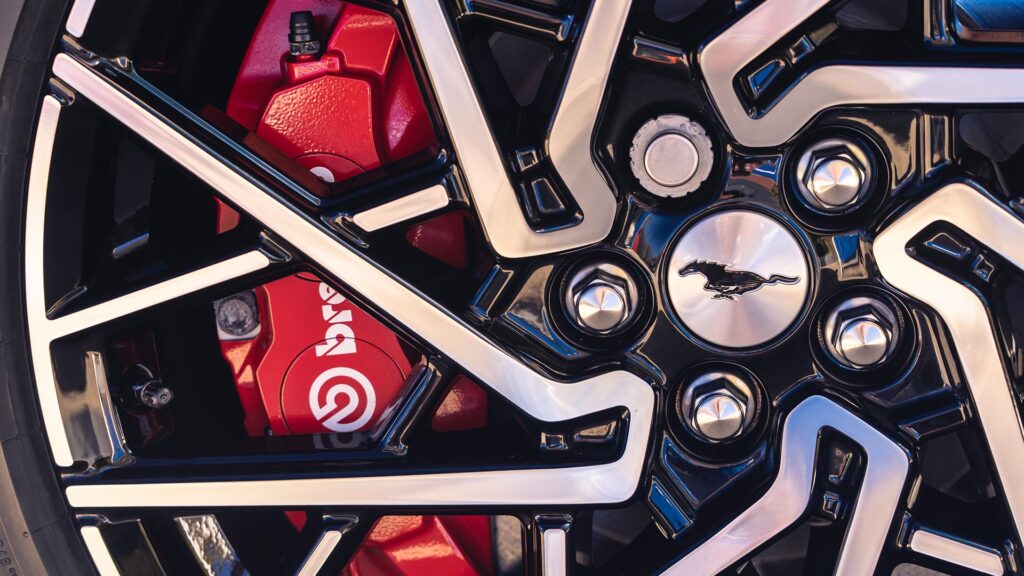
We don’t need to personally maintain the batteries as battery packs are sealed. They can be opened by technicians if the coolant needs flushing or topping up, but apart from that, they don’t need regular maintenance.
We grouped together to discuss existing issues, problems and possible solutions to streamline the world of EV’s to new buyers. We found out that we needed to make the language and information accessible and gender neutral to give consumers a better chance at tackling the new world of EV buying and running.

As automotive reviewers we need to ensure the information we pass on is easy to understand and ensure that fundamentals are outlined without using too much technical jargon. At our meeting we discussed how we can improve on translating what can be extremely technical information into everyday relatable language.

We started our meeting by discussing how easy it should be to own and run an electric car. It isn’t always the case that information is easy to find and understand around either topic. Plenty of research is required but the information shouldn’t always have to be confusing. Our discussion ensured that when in future we discuss electric cars, we should use simpler language so that everyone from beginners to long term users can still get something from our articles and videos.
This is just the start of our endeavour and hopefully we’ve piqued your interest and given you more to think about regarding the topic of EV discussion and ownership. This mission was started by Erin Baker and the dialogue continues to evolve. Thanks to Ford UK for the use of their Mustang Mach-e as part of the demonstration and discourse on the day.
